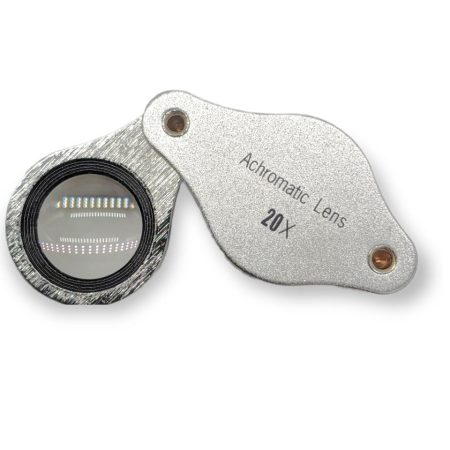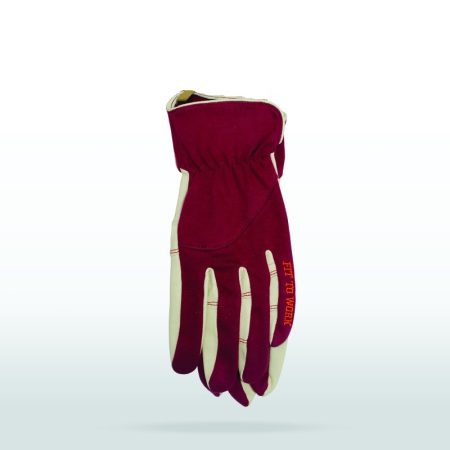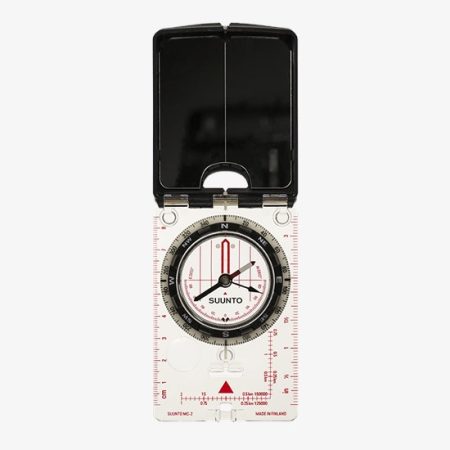£15.00 ex VAT
Chartwell 2200 is a field notebook is suitable for any number of uses, due to the blank pages inside. The hardback book allows information to be entered according to your field of work or study or for field diagrams and sketches to be drawn. Made from rag bond paper which dries out quickly when wet, the book contains 80 leaves in total.
Specifications:
Chartwell field notebook 2200 model is a common field notebook for use in surveying and earth science sectors or fields of study. It features a bright yellow cover for high visibility, useful if you accidentally drop or misplace your book. The covers are hard, further providing you with a flat, sturdy surface to write or sketch upon. Quite useful especially when out in the field. Top bound, it opens from the top and over, allowing notes from one side right to the others. Overall this notebook measures 165 x 102 mm and is handy to place in your rucksack, carry in your hand or even slip into large coat pockets.
The Chartwell field notebook 2200 version contains 80 leaves of 50% rag bond paper. It is water resistant and quick drying, ensuring no loss of notes or sketches taken. Especially in environments where the elements can change from one moment to the next. The pages are held and sewn with rot-proof thread, so will not unravel when wet. Thanks to the high cotton linter count, the paper also has fantastic tear-resistance and strength. Again, all of these features serve these notebooks well in the field where conditions are not always preferable.
The pages within are completely blank, allowing for a number of users to utilise this notebook. Notes can be written, field sketches drawn and mathematical figures noted down. Due to the plain pages inside, these books are particularly useful for earth science and geology students. As you can make notes, draw diagrams, and prepare field sketches without interference from printing. Therefore, field notebooks are an important requirement for onsite work, alongside other common items. Such as a compass clinometer, hand lens, and a geological hammer.




